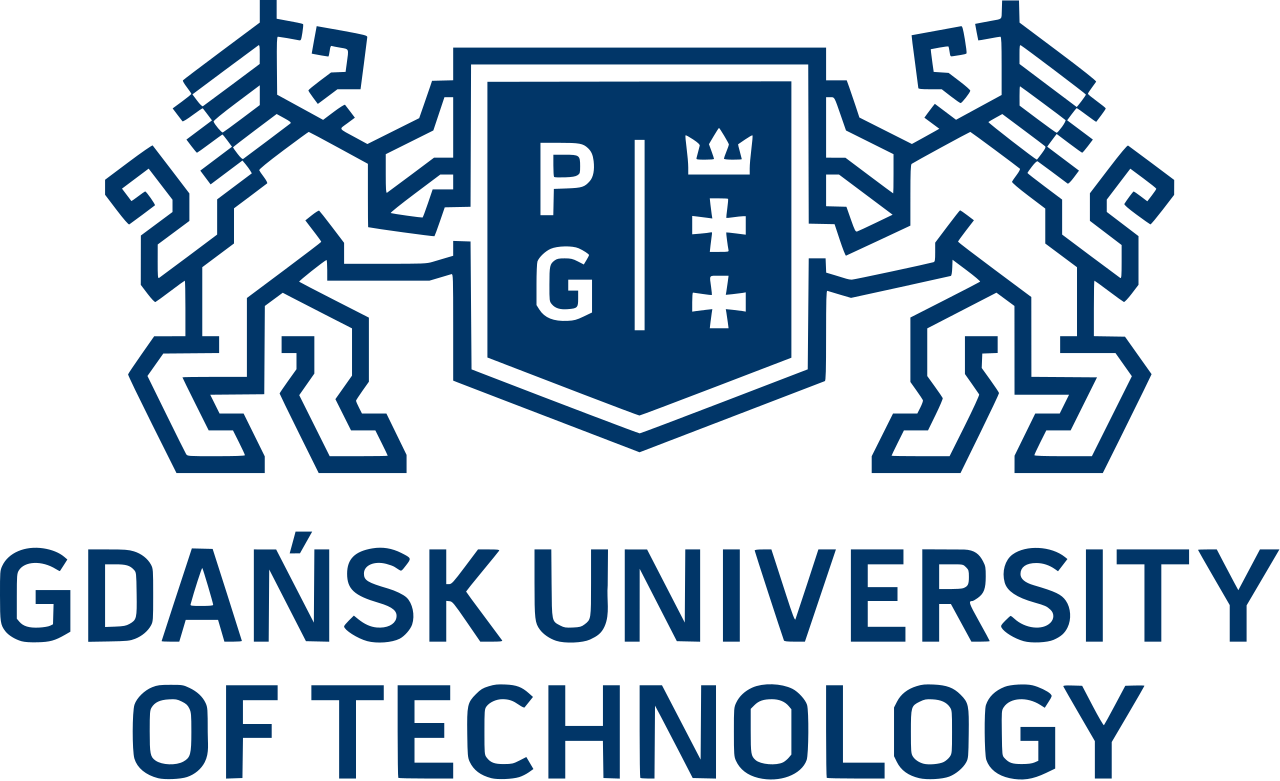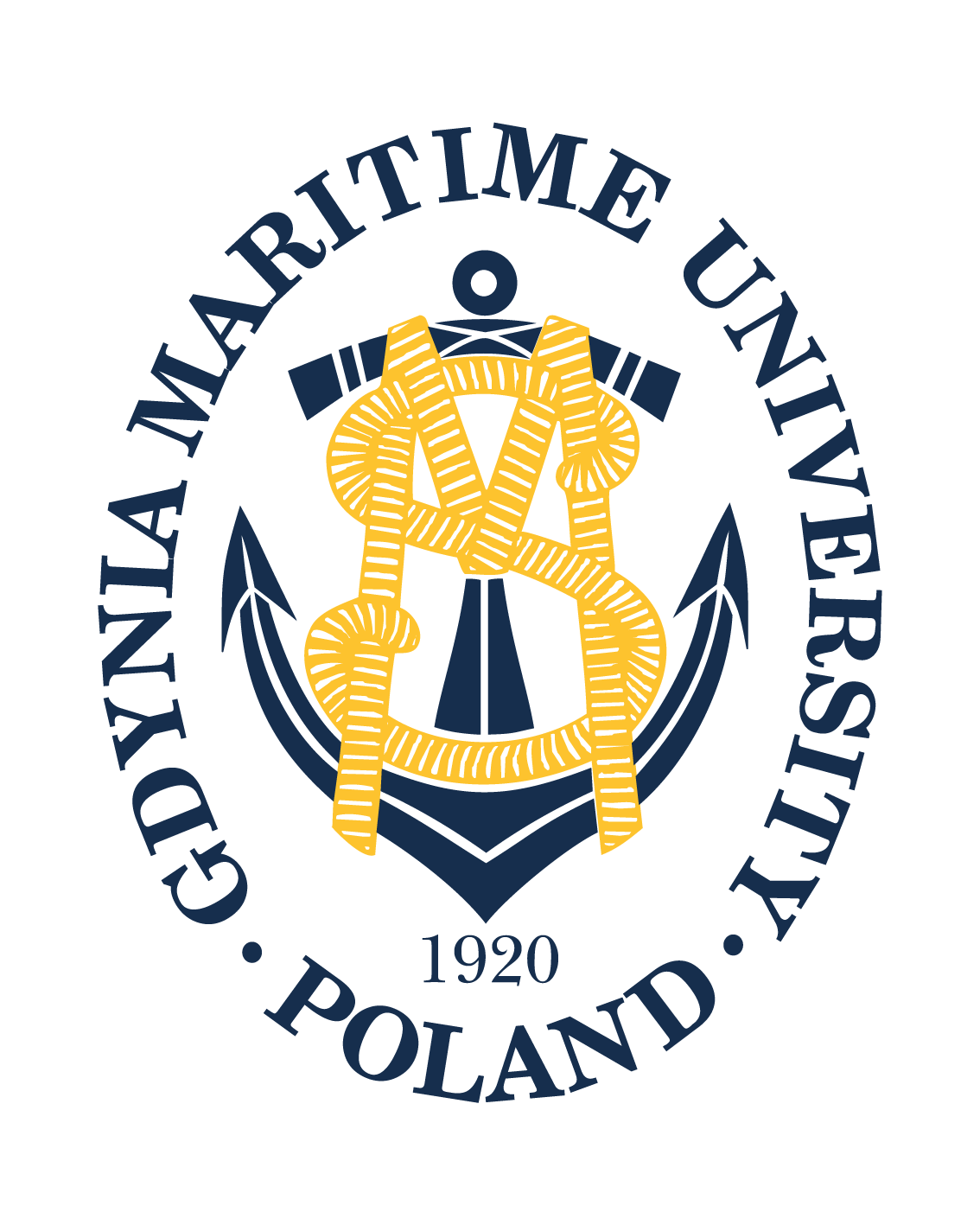Utilizing Deep Learning Techniques to Eliminate the Current Sensor in a Boost Converter Used in a DC Nano-Grid
B. Azeri (Jade Univ. of Applied Sciences, Germany), K. Javanmardi (Roj Dyar, Iran), S. Sofimowloodi (Amirkabir Univ. of Techn., Iran), A. Attar (Roj Dyar, Iran), A. Amini (Univ. of Pavia, Italy)
This paper investigates the control structure without a current sensor in a boost DC-DC converter used in a DC Nano-grid, including a photovoltaic (PV) array. Instead of the current sensor, a PV array output current prediction system based on a deep neural network is used. There are three main factors in determining the accuracy of the discussed neural network: the number and type of data required for neural network training, neural network architecture, and its training algorithm. The input data will be processed and standardized in the discussed system before being applied to the neural network. Multi-layer feedforward architecture has been used to build the neural network model, consisting of one input layer including nine important features, six hidden layers, and one output layer. Adam's optimization algorithm is also used to minimize the Loss function. All forecasting steps, including data processing, neural network model building, and its training, have been done in the Jupyter lab environment of Python programming language. The obtained results indicate the system's successful performance, and the r2_score evaluation criterion, which is used to measure the accuracy of the prediction, has been calculated and provides acceptable results.
Download one page abstract










